The Australian Dress Register (ADR) is a collaborative online project initiated by the Powerhouse Museum to document significant and well provenanced men’s, women’s and children’s garments. The ADR was established in 2007 and was originally restricted to clothing relating to NSW. However, recently it has been opened up to include items of costume (dress) from around Australia. This presents a great opportunity for garments held by South Australian museums, historical societies and private collectors to be included. The date range has also been expanded and entries to the ADR are now welcome for garments dating up to 1975.
So far the ADR has around 200 items recorded. The aim is to build this number much higher so that it becomes a comprehensive research resource about Australian costume, and provides opportunity to compare and contrast costume items across small and diverse collections. Contributors are encouraged to research their garments and share the stories and photographs while the information is still available and within living memory.
The ADR captures men’s, women’s and children’s clothing ranging from the special occasion to the everyday. The ADR can be searched by decade or by about 20 different costume types, such as ‘wedding’, ‘workwear’ or ‘evening dress’. A comprehensive user’s guide to the ADR is available here and there are several short videos that explain some conservation and cataloguing techniques useful for documenting costume items here.
To list items on the ADR contributors need to apply for a login through the ADR website.

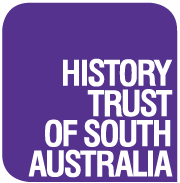
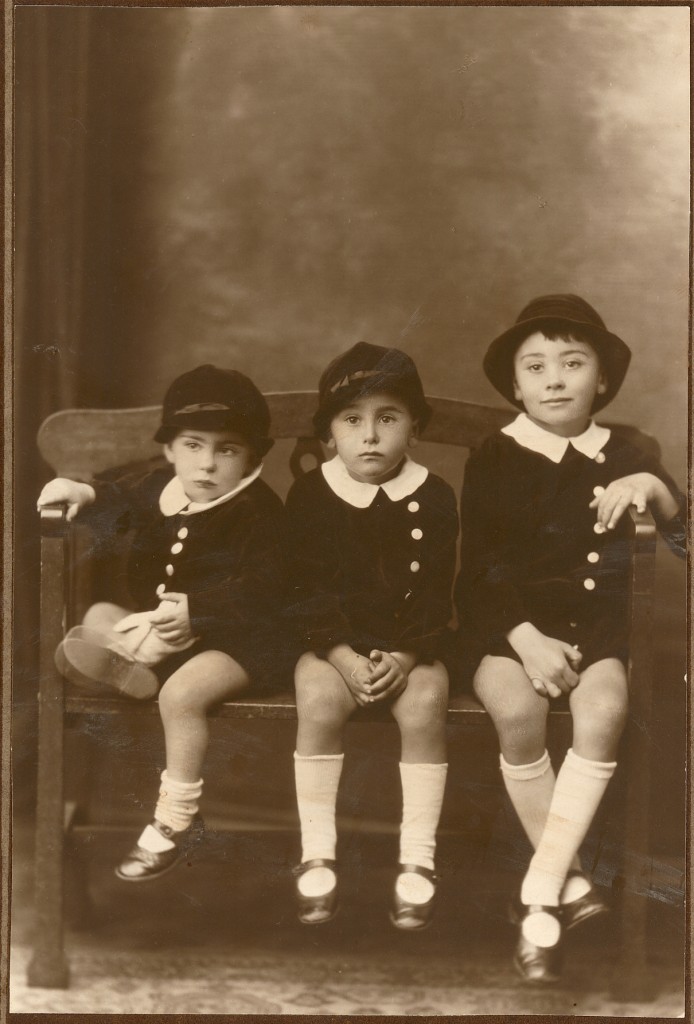
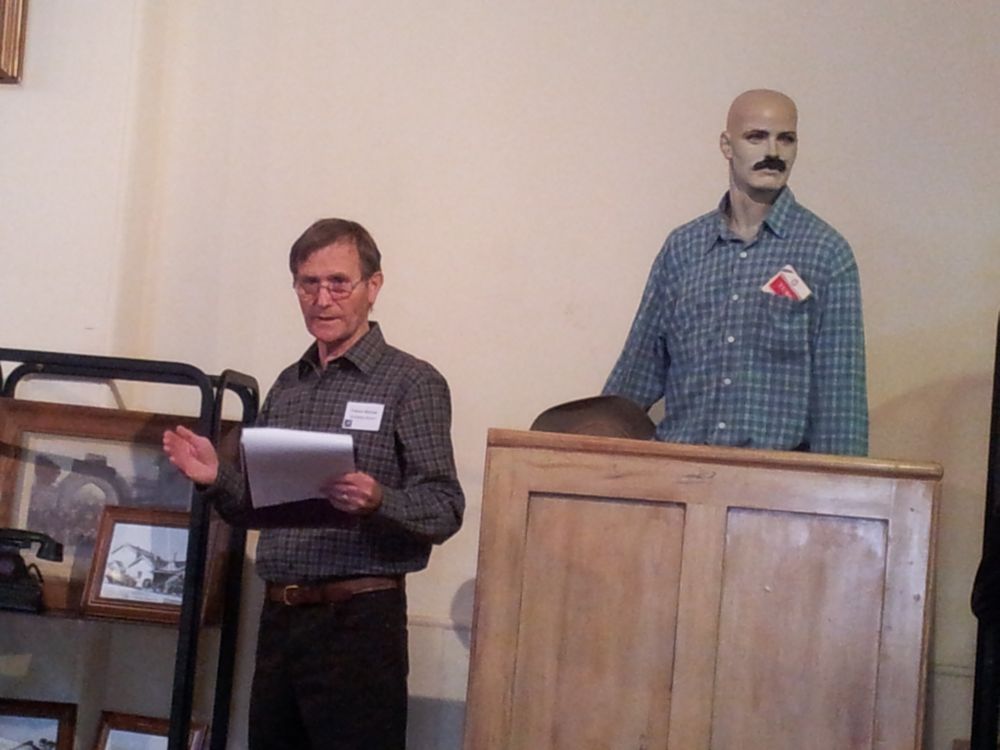
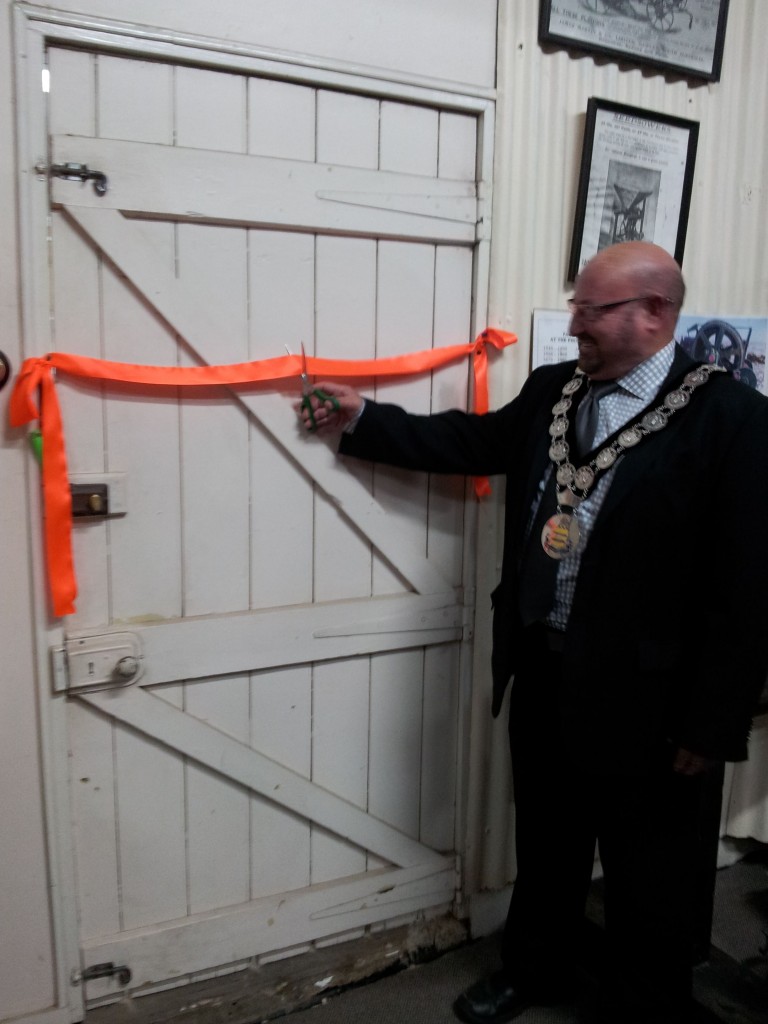
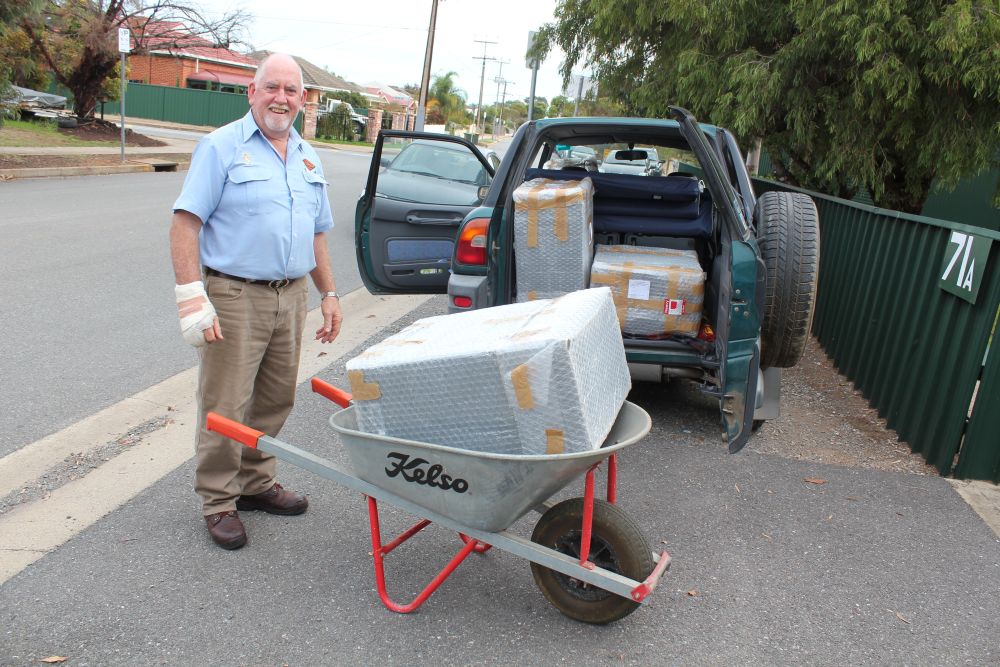

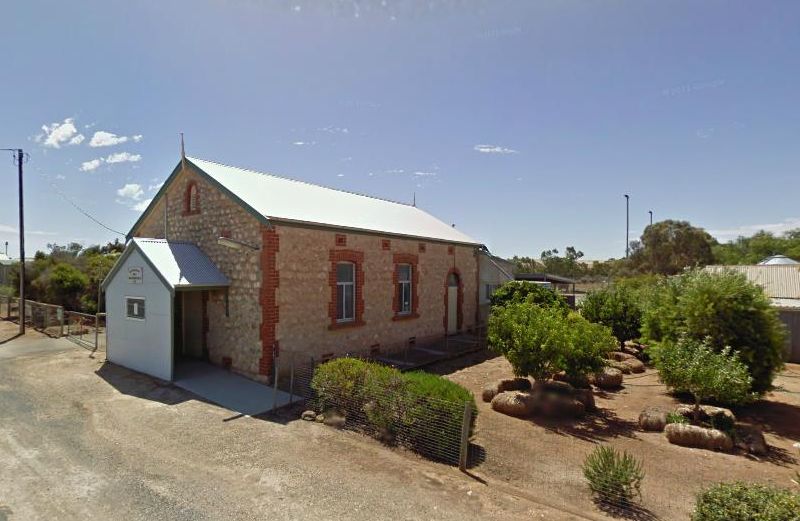
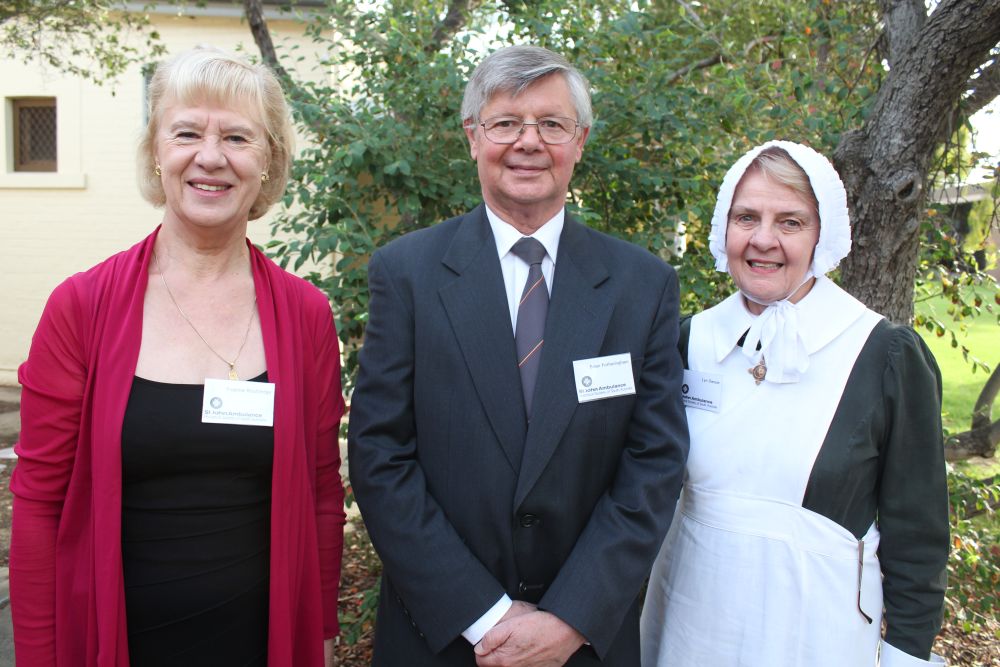


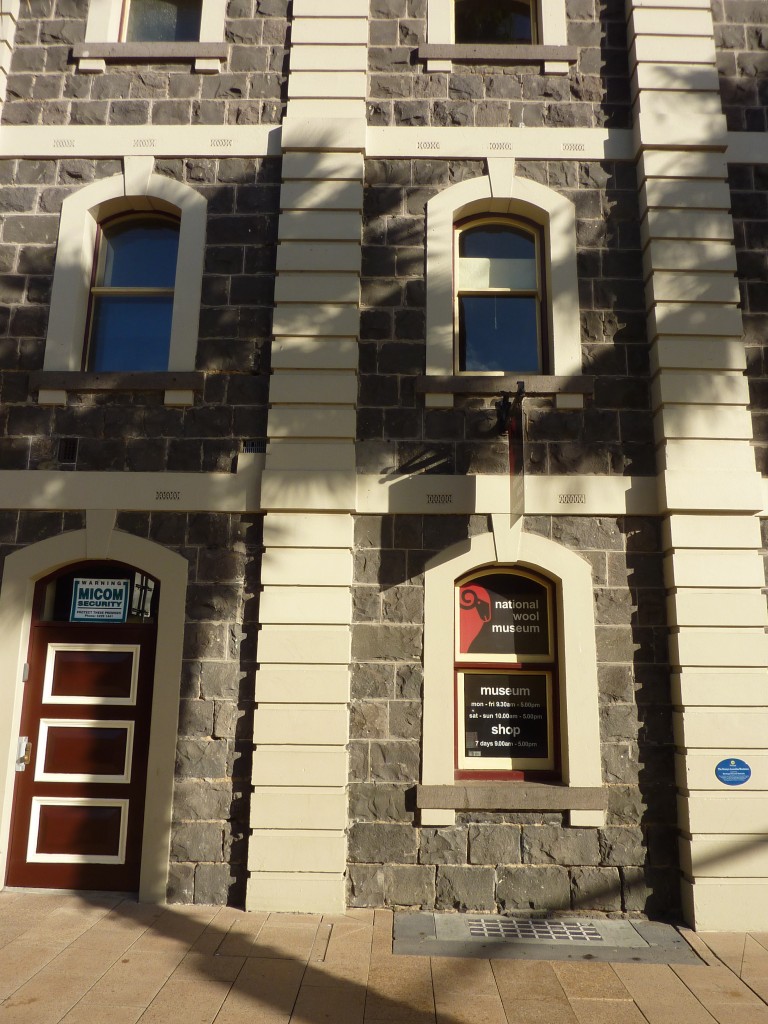
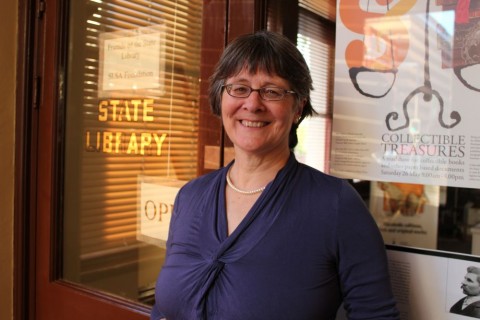

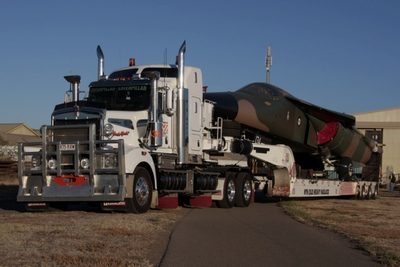
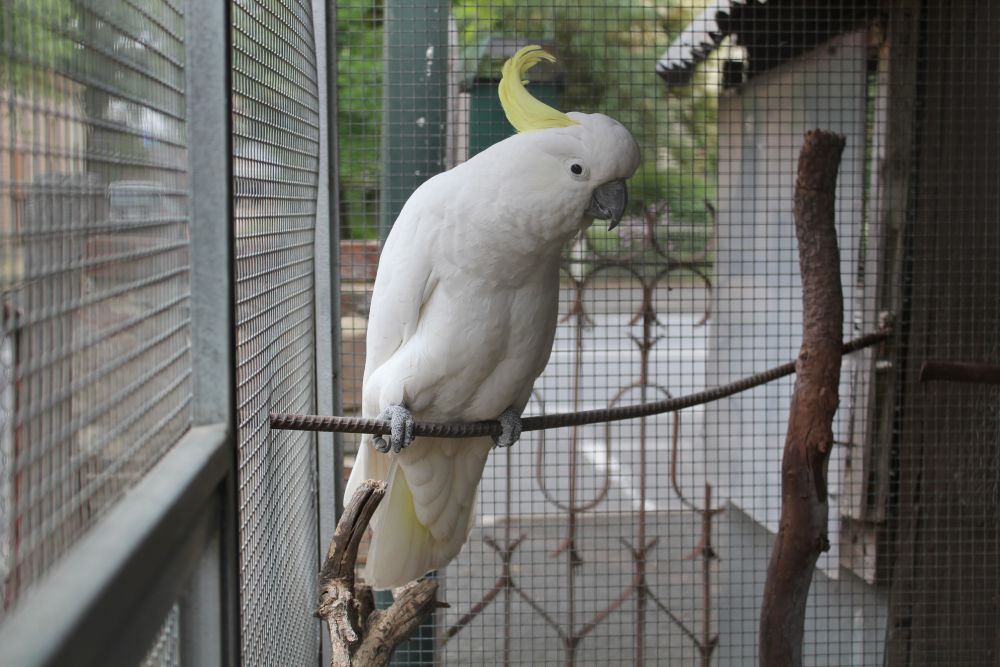
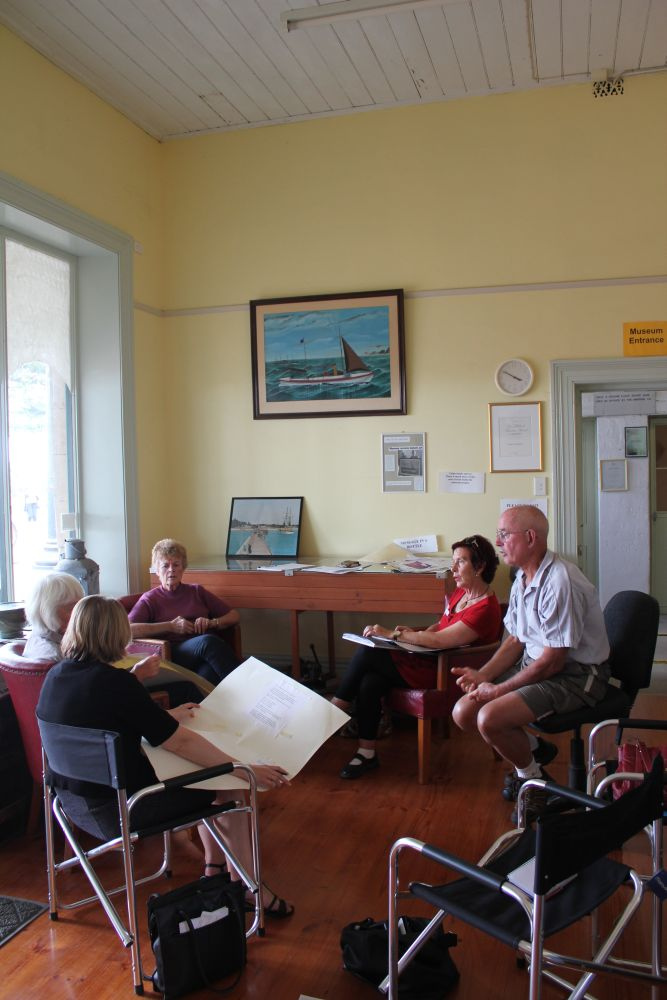
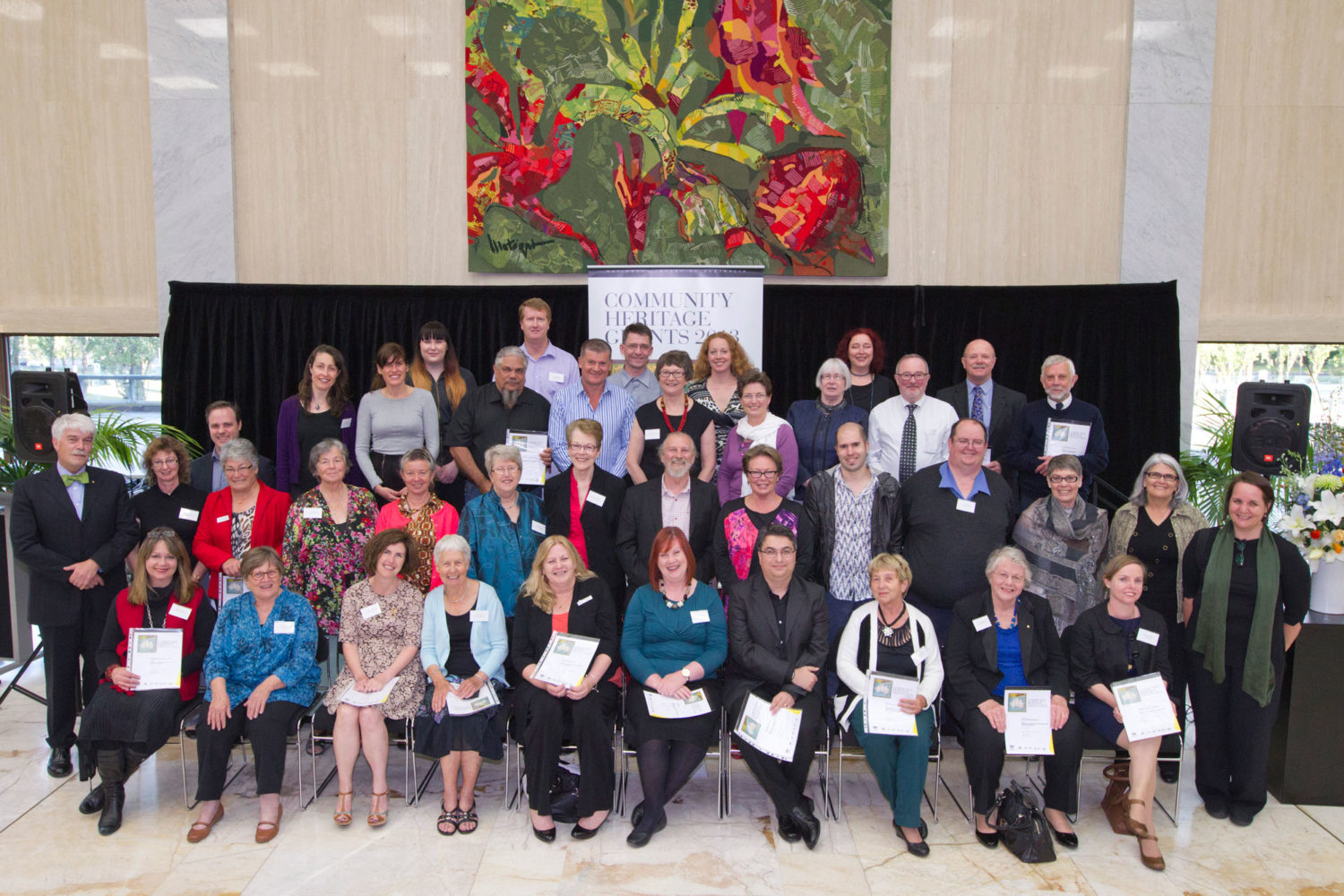
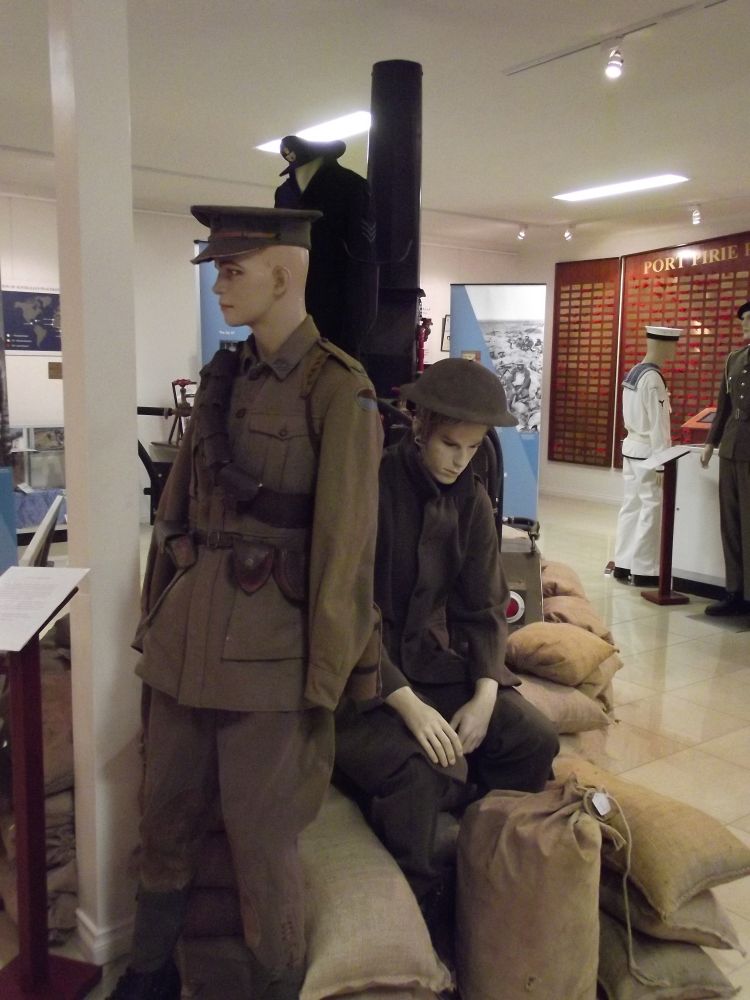
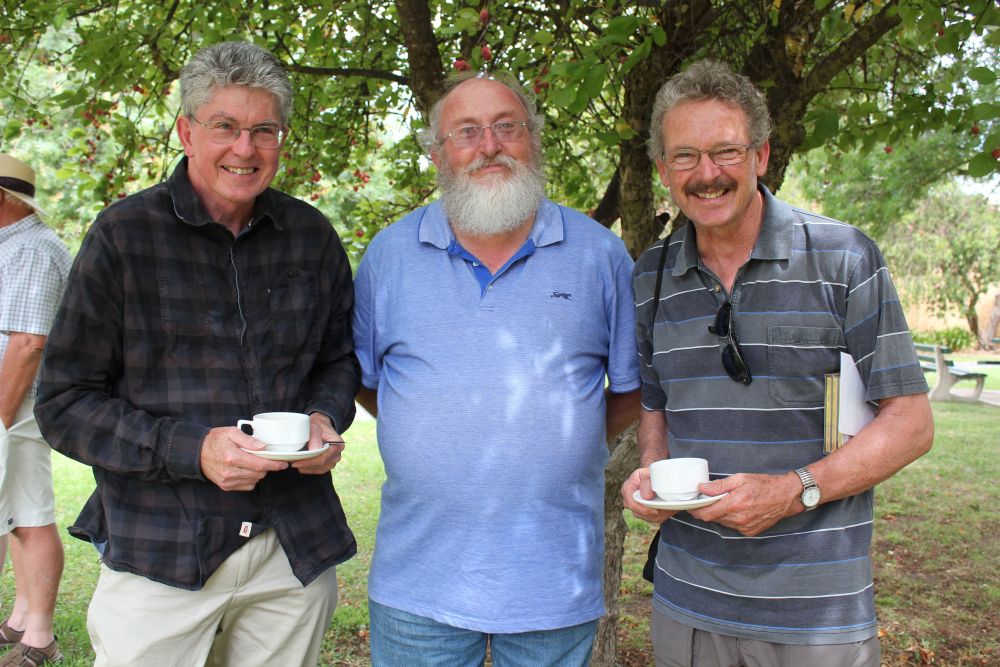


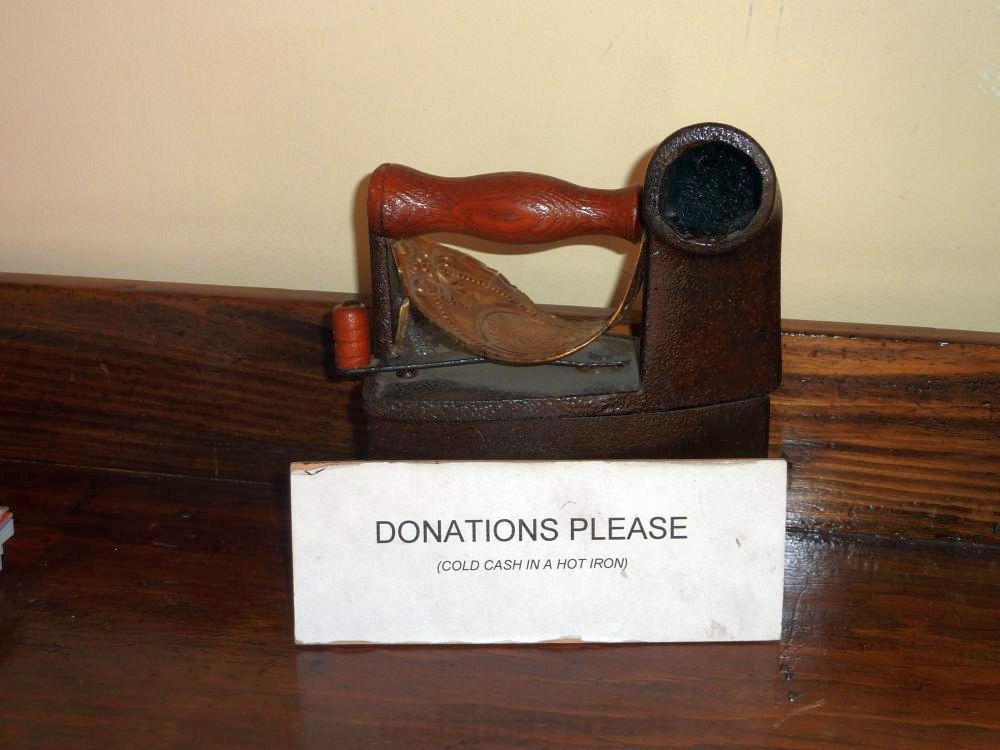
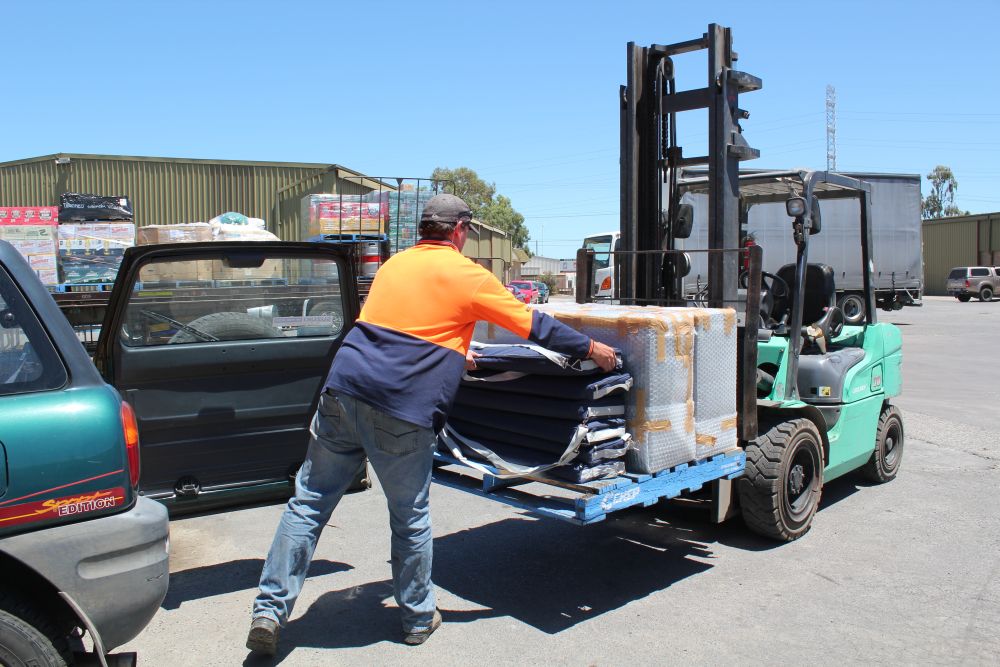
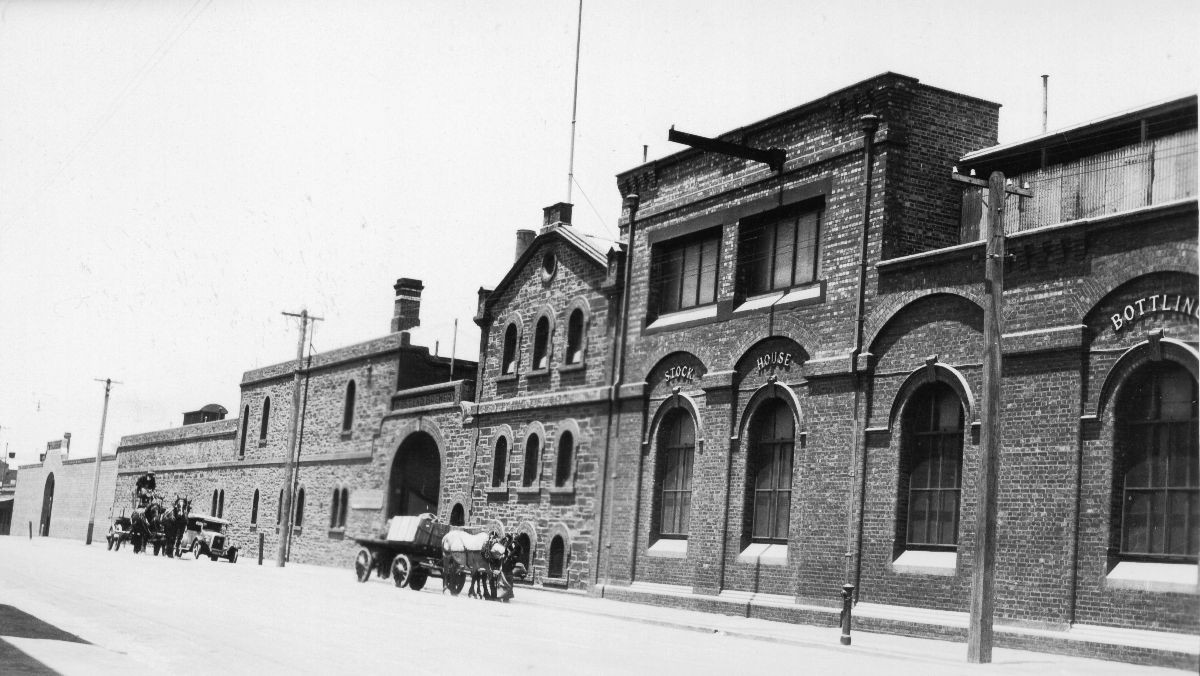
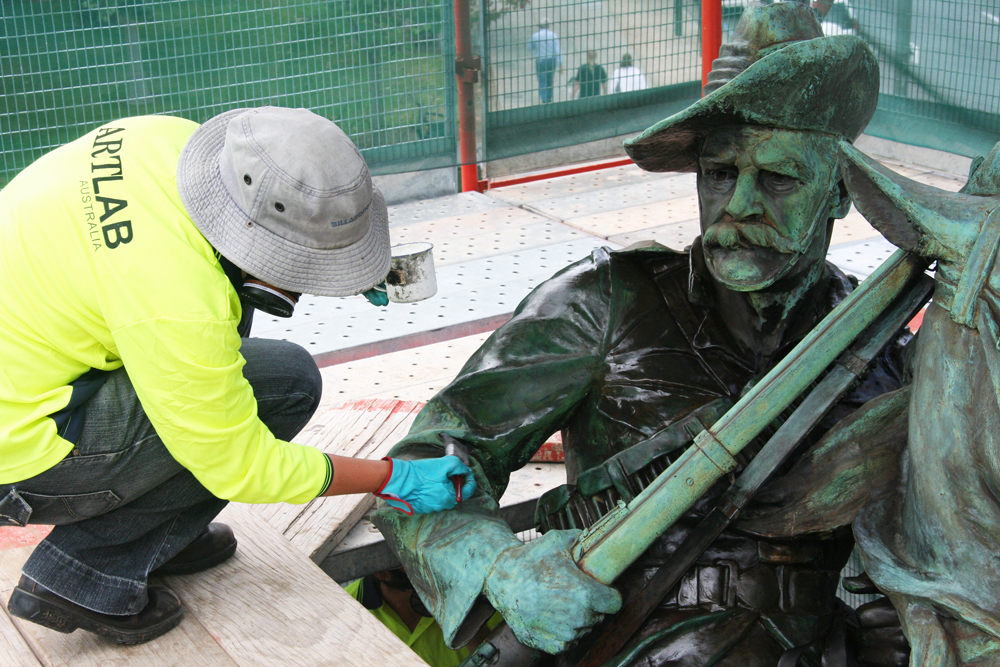
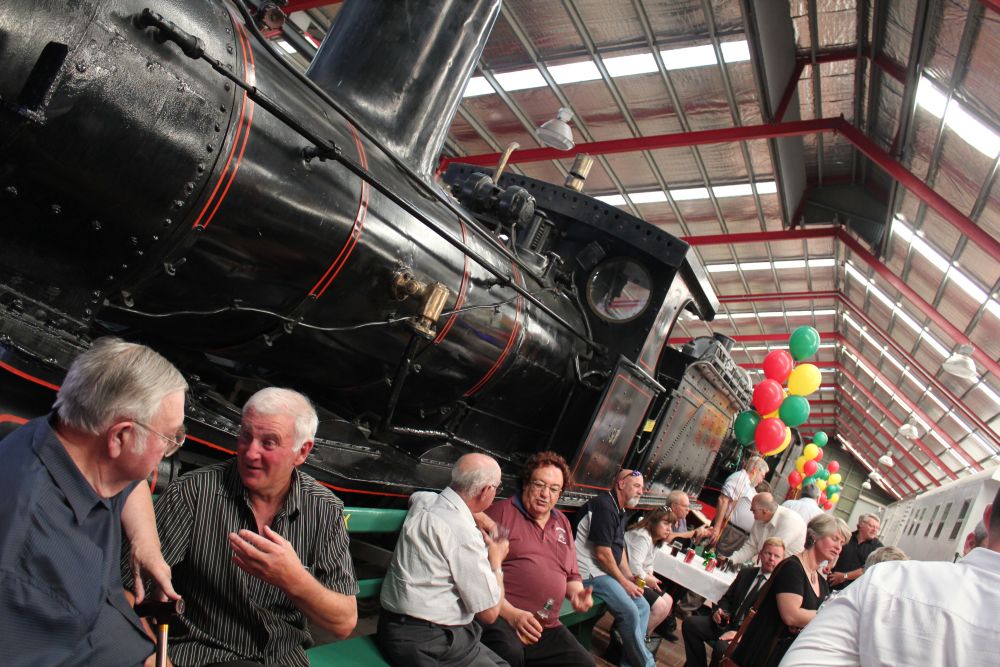

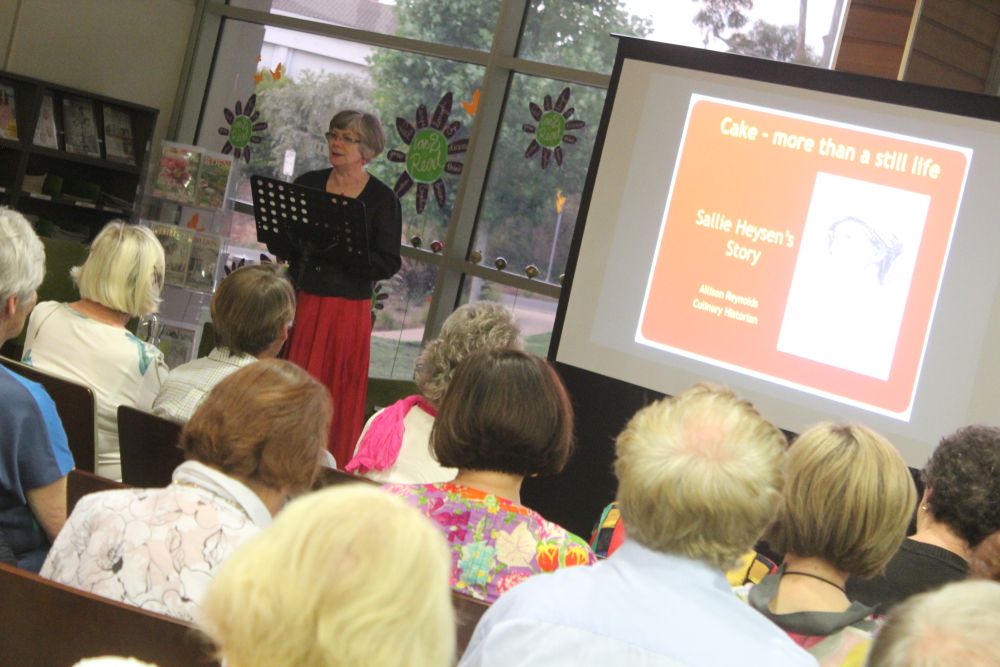
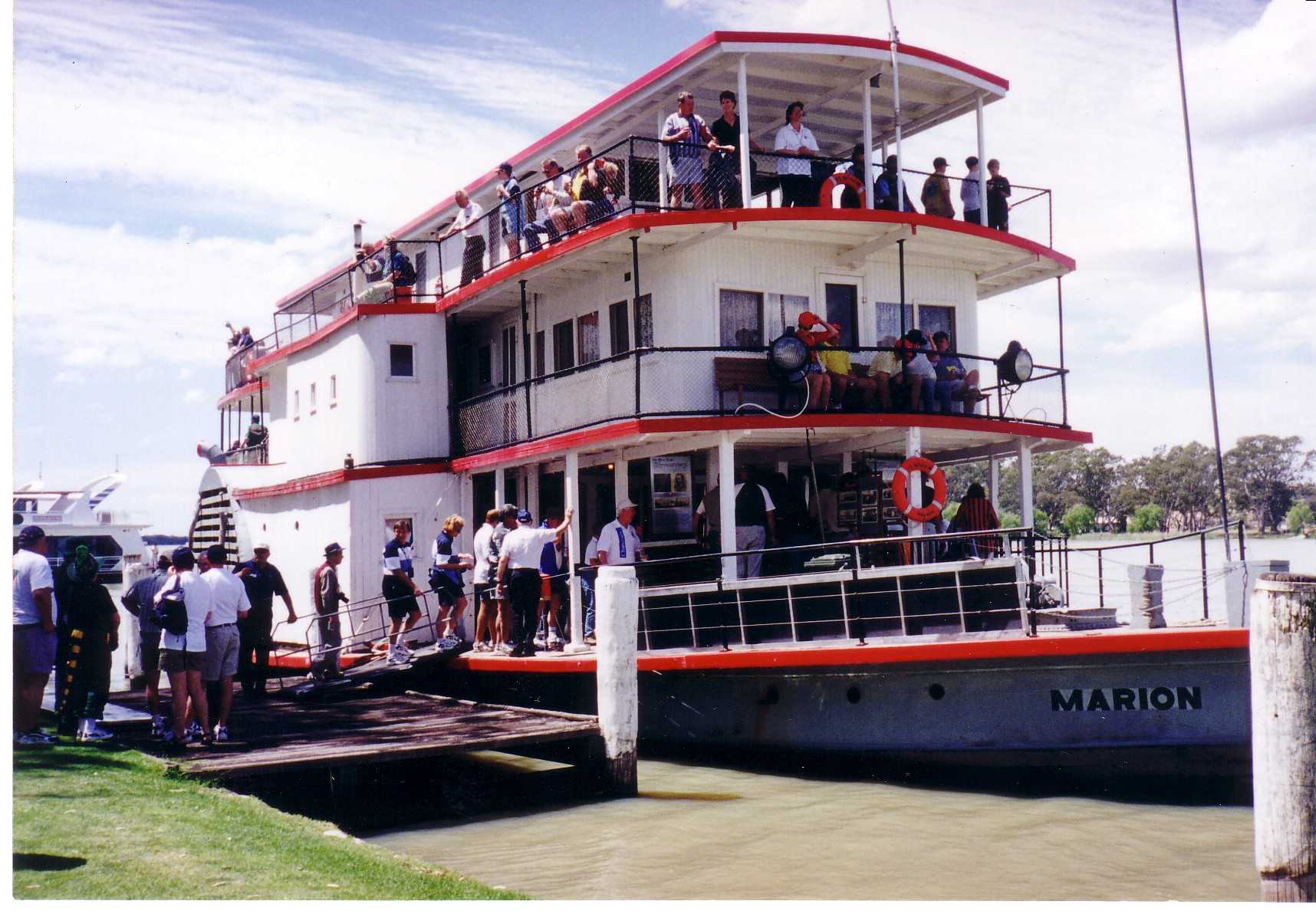
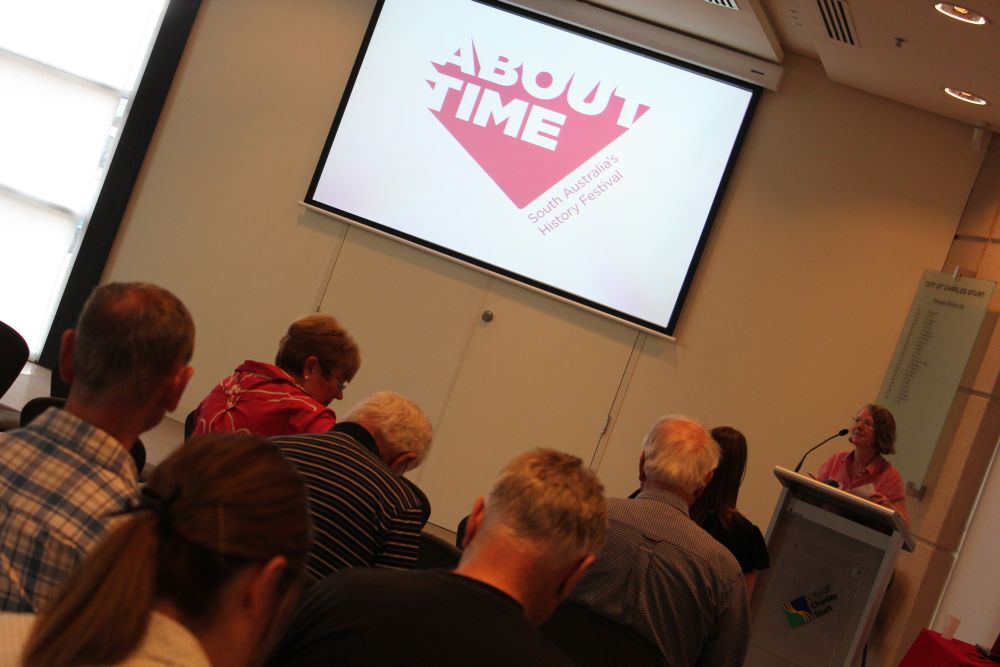

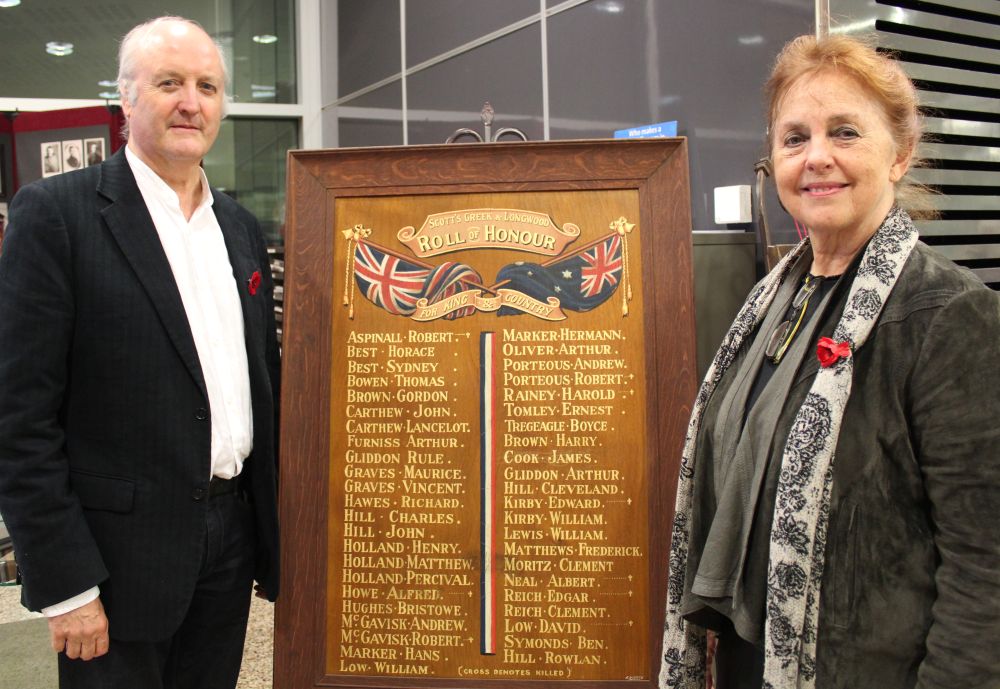
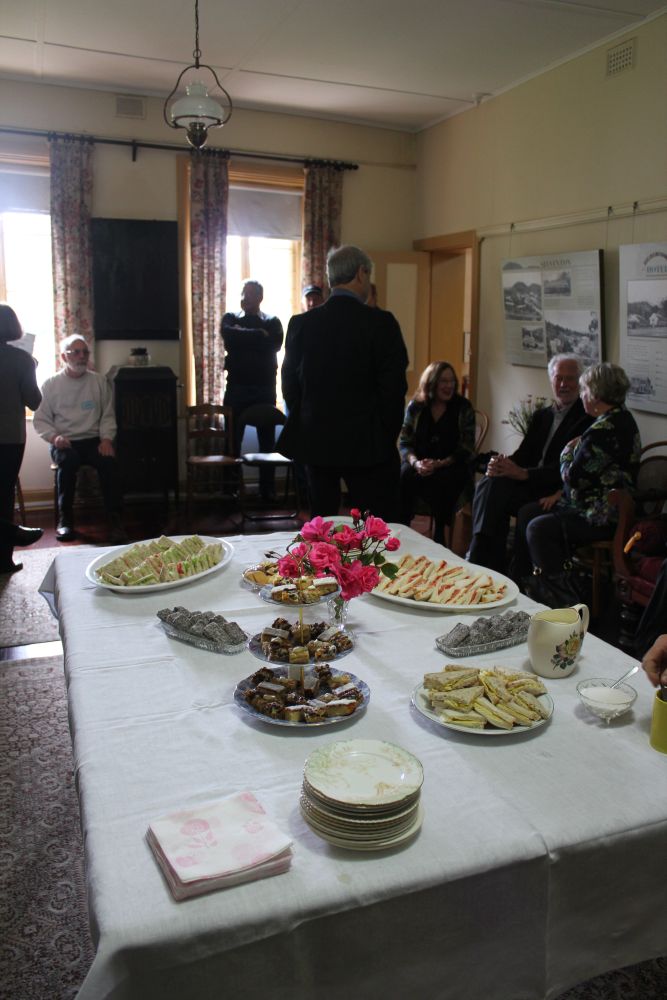
Recent Comments